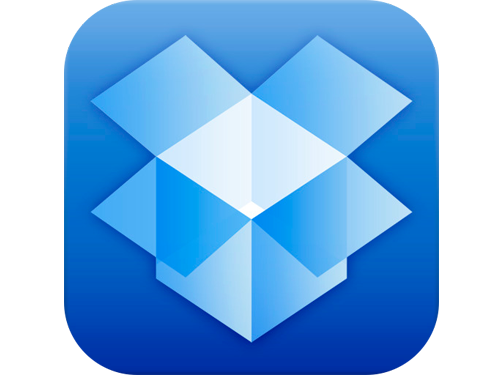Last week, I had to get my laptop re-imaged. I had fouled up either my hive, or the install of Windows, so it had become incredibly unstable. Probably my fault. (ok, almost certainly my fault).
It has taken a week to get back to functional. All the key software is installed. The settings are back to where I like them (for power options etc), and I got all the essential drivers sorted (you really need to have the touchpad driver installed and configured if you are going to type on this thing, otherwise the incidental contact on the touchpad will cause the cursor to move, and drive you batshit insane)
We use Symantec endpoint protection, and I hate it. It is resource heavy, and there is no way (allowed at least) as an end user to adjust how it works. We also require our laptops to use whole disk encryption, which again is a resource hog. It only took 3 days for the 300G HD to initially encrypt (that took all weekend!!!)
The only thing I forgot to do was to backup my IE favorites. And since there are internal sites that ONLY work on IE, I have to re-create them.
Sigh.



